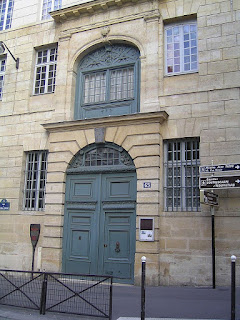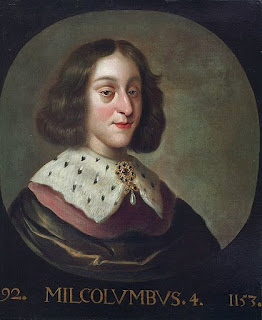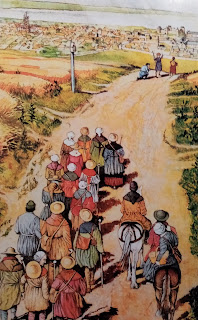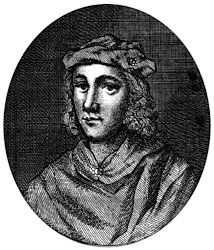Glasgow Cathedral (part 2)

A place of pilgrimage Glasgow Cathedral has evolved since the 12th century as the magnificent housing for the shrine of one of Scotland's native patron saints, Kentigern. This is the best preserved large Medieval church in Scotland, specifically designed to enable the veneration of the relics. Nowhere else is it possible for the modern visitor to so easily replicate providing best the experience of the Medieval pilgrim. Glasgow shares an important feature in common with the reliquary churches of two other important native saints, at Whithorn and Iona, in possessing an under church or crypt – providing best-preserved a highly atmospheric, semi-subterranean setting for the climax of the pilgrimage. It is believed that Kentigern served as bishop for early Christian communities in Strathclyde, and had also been active as far south as Cumbria. Certainly, the devotees to his later Medieval cult came from these areas. There is a tradition that Kentigern had developed a church or monaster...





